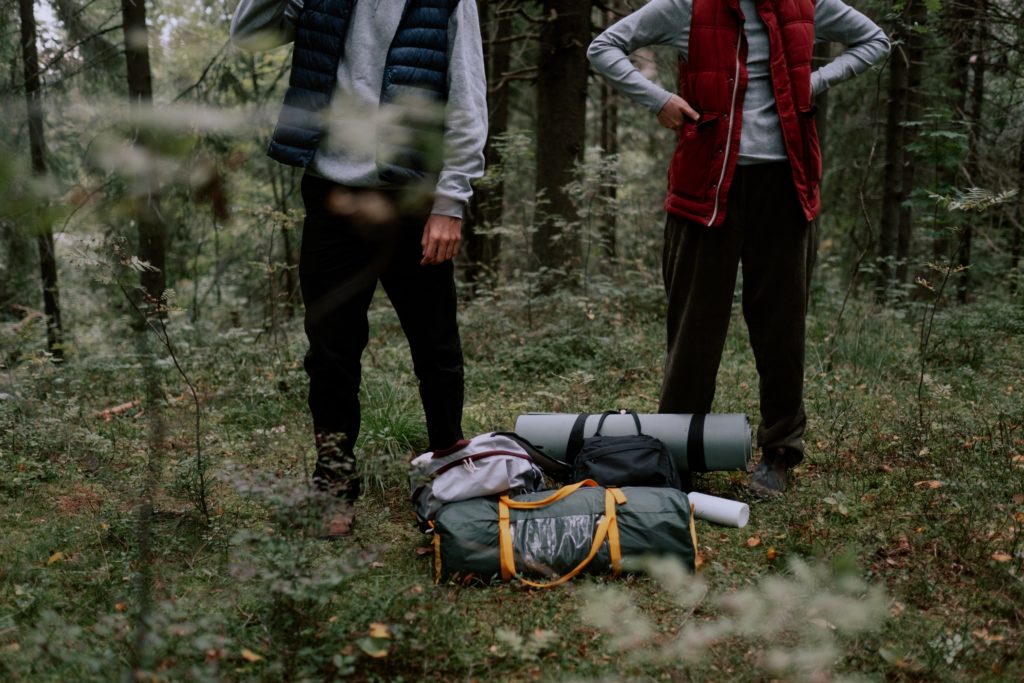First Aid Response in Remote Locations
Emergencies happen across the country on a daily basis. However, when a severe injury or illness occurs in remote areas, there is a chance that local emergency response may be delayed. The best way to deal with any type of emergency is to prepare.
Accidents and injuries are preventable if you prepare yourself for the environment you are about to go. Spending time in the remote outdoors means wearing the right clothes, eating enough food, and carrying a first aid kit.
Plan for An Emergency
The first thing you should do prior to your departure is to create an emergency response. Follow this first aid safety guide:
- Make sure your first aid kit is up-to-date and well-stocked before your trip
- Check weather reports on the dates you will travel and pre-plan routes thoroughly.
- Have enough food and water to last you at least 72 hours in case you get stranded
- Create a record of everyone’s medical history. Everyone should know or at least have access to where to find those records when needed.
- Assign who will be the leader if a First Aid emergency occurs
Trauma Management Plan
If you or anyone from your group suffers from a serious injury such as a broken leg or bleeding injury – you must follow a trauma management plan while waiting for EMS to arrive.
Step 1: Do an assessment
Assess for danger. Make sure you and other bystanders are safe and will not come to any harm while the incident develops. Wear sterile gloves, if possible, to avoid cross-contamination.
Proceed with casualty assessment. Is the person injured, or are there any signs of bleeding, dislocation, and difficulty breathing? If the person suffers from any of these, call triple zero (000) immediately.
Step 2: Check for Breathing
If the person is conscious, ask if they can breathe properly – if the answer is yes, ask them to take deep normal breaths. If the person is having breathing difficulty, they may have suffered from a chest injury. The best thing you can do is roll them on their side to assist breathing and proceed with giving CPR.
Step 3: Stop the Bleed
If there is a lot of blood coming from the wound, the priority is to stop it. If your remote first aid kit does not contain the right bandage, use clothing or a towel instead. Hold the material firmly around the wound and apply pressure until the bleeding stops.
Step 4: Stay and Monitor
Stay with the person until further assistance arrives and is ready to take over. While waiting, monitor their condition and give continuous care until they are given medical assistance or until they recover.
Get Trained
If you are someone whose interests, activities, or employment takes you to remote locations, first aid training would be beneficial for you.
You will gain the skills and knowledge to provide ongoing care to an ill or injured person over a long time. The training is ideal for people who spend time in remote areas where medical aid access may be difficult or delayed. These include alpine, desert, marine, rural, and tropical environments.
Learn a wide range of first aid topics, including prolonged care, infection control in remote incidents, managing the deteriorating casualty, rescue procedure, evacuation, and more. Overall, a provide first aid course will give you the confidence to act in any first aid situation.
Talk to us today about getting trained. We also offer corporate first aid training for you and your team at a discounted price.








